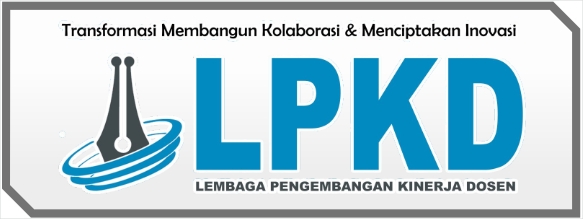Penggunaan Sekuen Fat Saturation (FS) Dalam Pemeriksaan MRI Knee Joint Kasus Osteosarcoma Di Instalasi Radiologi Rumah Sakit Di Jakarta
DOI:
https://doi.org/10.55606/innovation.v2i1.2158Keywords:
Magnetic Resonance Imaging (MRI),, fat saturation, knee joint, osteosarcomaAbstract
Use Of Fat Saturation (FS) Sequences In MRI Knee Joint Examination Of Osteosarcoma Cases At Installation Radiology Hospital In Jakarta. Magnetic Resonance Imaging (MRI) is one of the medical support modalities used by doctors to diagnose a disease. MRI is capable of producing high resolution images of soft tissue and is capable of displaying various cuts (sagittal, axial, coronal and oblique) using high-strength magnetic fields and nuclei resonances of hydrogen atoms. Fat saturation is used to detect or extract signals from adipose tissue. Three methods can be used to achieve leanness: lean saturation, investment mulihan, and leaning phase. Fat sat is an umbrella term that encompasses several techniques, each with its own unique advantages, disadvantages, and strengths. During the MR imaging process, proton lipids and hydrogen protons from the air have different behaviors, and fat suppression techniques.The knee joint is a hinge joint with changes and is formed by both femoral condyles that are jointed with the superior surface of the tibia condyles. The patella is located above the smooth pateller surface of the femur and above that the patella slides as the joint moves. Osteosarcoma is a relatively common middle to high grade malignant soft tissue tumor, often with an early course affecting young patients, and most often involving soft tissue.
References
Filbay SR, Dowsett M, Chaker Jomaa M, Rooney J, Sabharwal R, Lucas P, et al. Healing of acute anterior cruciate ligament rupture on MRI and outcomes following non-surgical management with the Cross Bracing Protocol. Br J Sports Med. 2023;
Hash TW. Magnetic Resonance Imaging of the Knee. Sports Health. 2013 Jan;5(1):78–107.
John T. Hansen FHN. Netter’s clinical anatomy. 2014.
Lampignano JP dan KLE. ) Radiographic Positioning and Related Anatomy. Elsevier., Julie Eddy., editors. 2018.
Heidari B. Knee osteoarthritis prevalence, risk factors, pathogenesis and features: 2011;1.
Kartawiguna D. Tomografi resonansi magnetik inti : teori dasar, pembentukan gambar dan instrumentasi perangkat kerasnya . 2015. 131–132 p.
Mallio CA, Bernetti C, Agostini F, Mangone M, Paoloni M, Santilli G, et al. Advanced MR Imaging for Knee Osteoarthritis: A Review on Local and Brain Effects. Vol. 13, Diagnostics. MDPI; 2023.
Delfaut EM, Beltran J, Johnson G, Rousseau J, Marchandise X, Cotten A. Fat Suppression in MR Imaging: Techniques and Pitfalls 1.
Kusumaningrum AI, Purna L, Wibowo GM. Atina : Analisis Informasi Anatomi Antara… ANALISIS INFORMASI ANATOMI ANTARA SEKUENS T2WI FSE DAN PROTON DENSITY FAT SATURATION PADA PEMERIKSAAN MRI KNEE JOINTPOTONGAN SAGITAL (Studi pada Anterior Cruciate Ligament (ACL) dan Posterior Cruciate Ligament (PCL)) ANALYSIS OF ANATOMICAL INFORMATION BETWEEN T2W1 FSE SEQUENCE AND PROTON DENSITY FAT SATURATION OF KNEE JOINTMRI EXAMINATION SAGITAL SLICE (A Study on Anterior Cruciate Ligament (ACL) and Posterior Cruciate Ligament (PCL)). Vol. 2, JImeD.
Westbrook. Handbook of MRI Technique. 2019.
Downloads
Published
How to Cite
Issue
Section
License
Copyright (c) 2023 Saybivo Chandra, Ni Putu Rita Jeniyanti

This work is licensed under a Creative Commons Attribution-ShareAlike 4.0 International License.



















